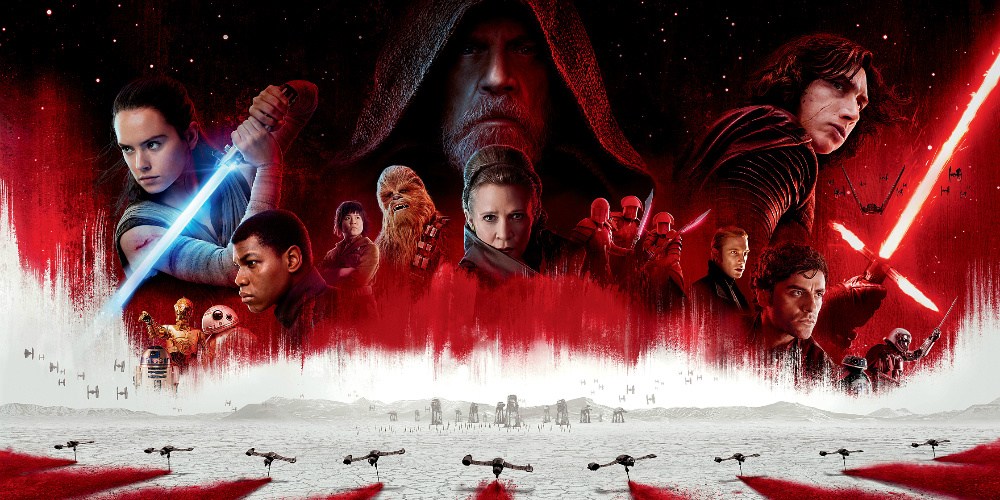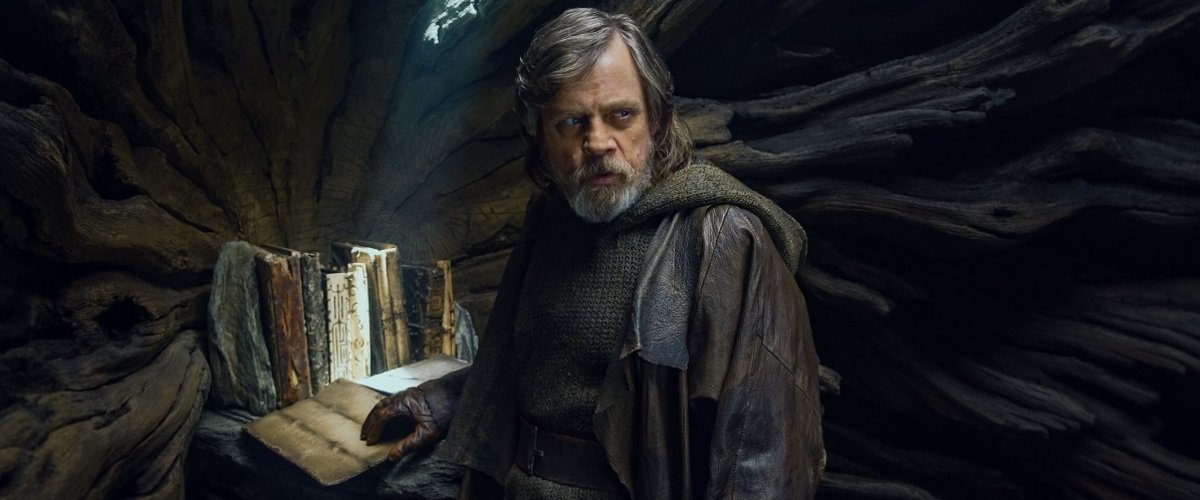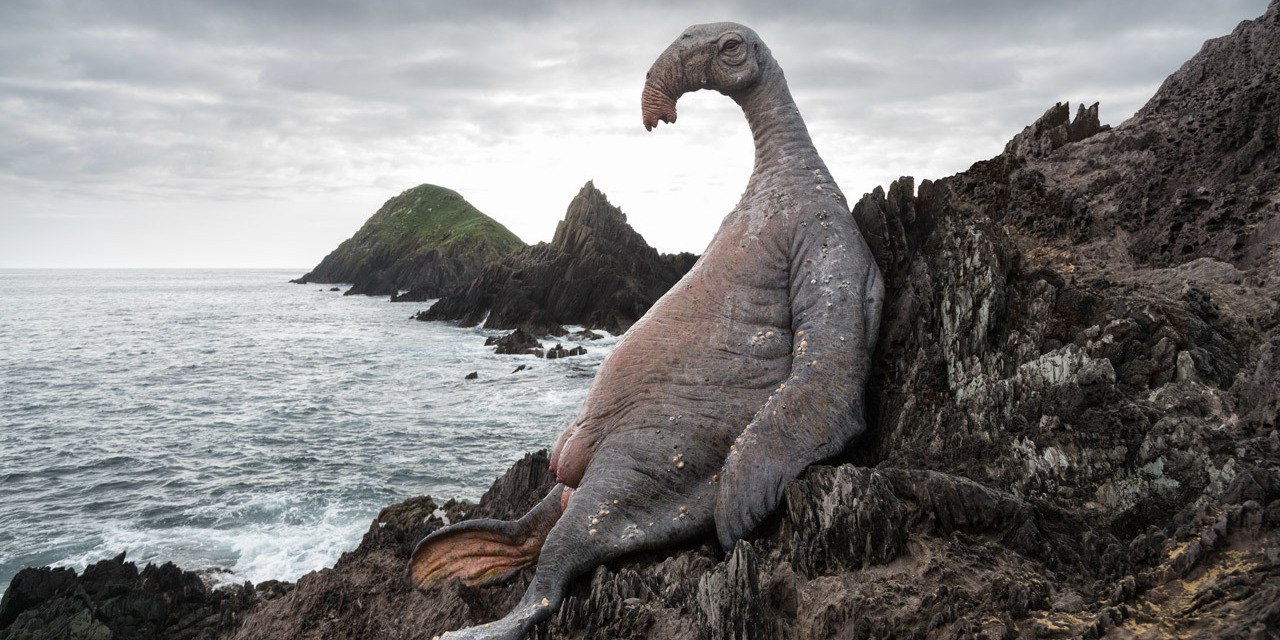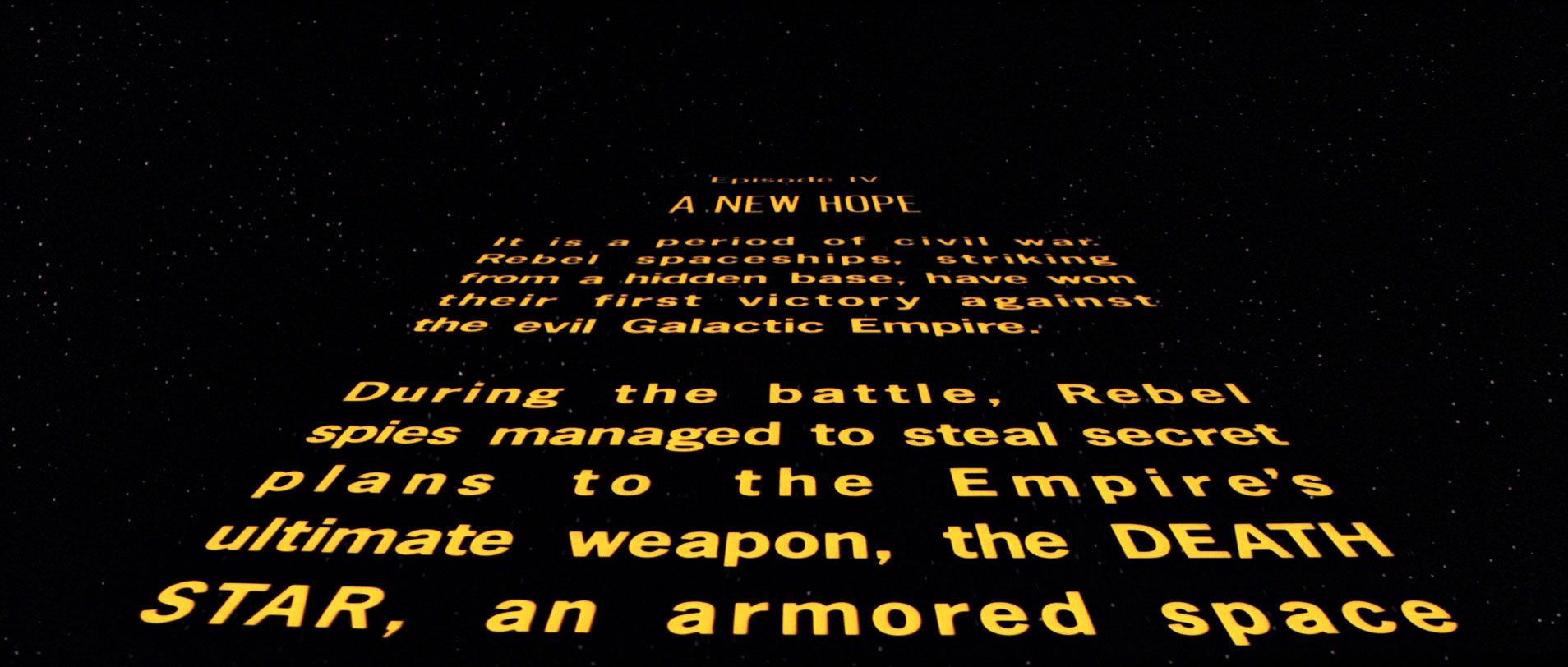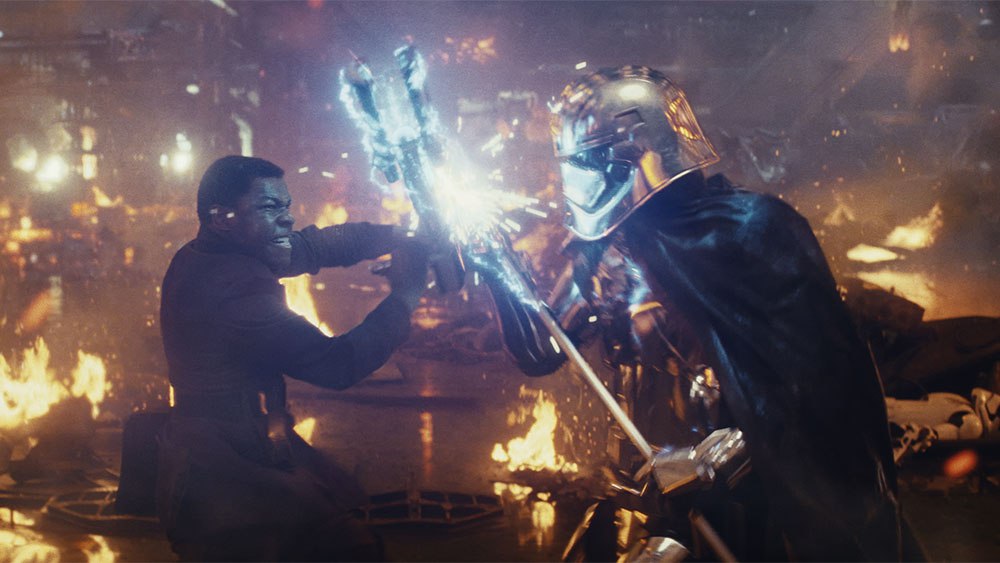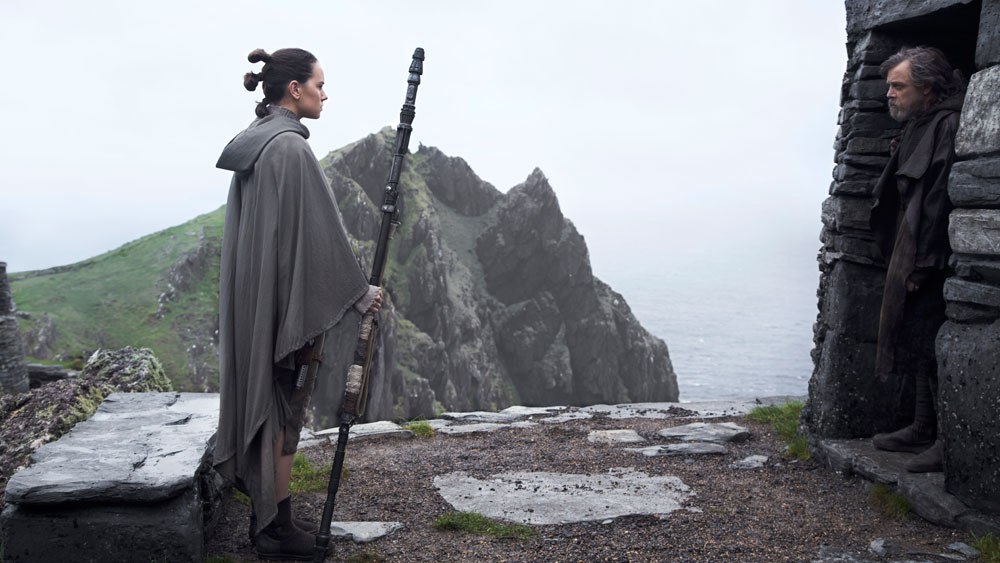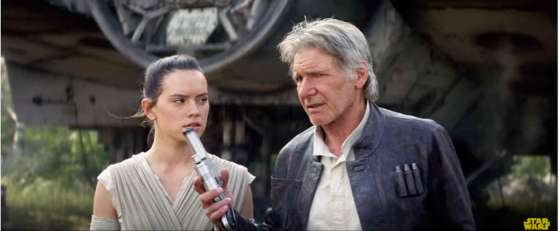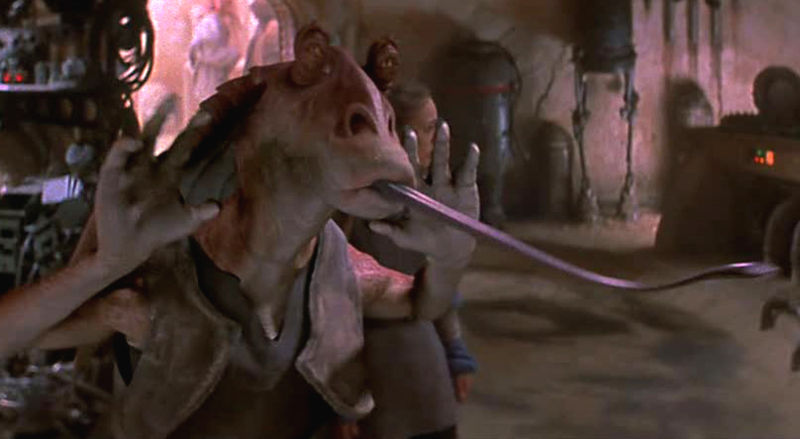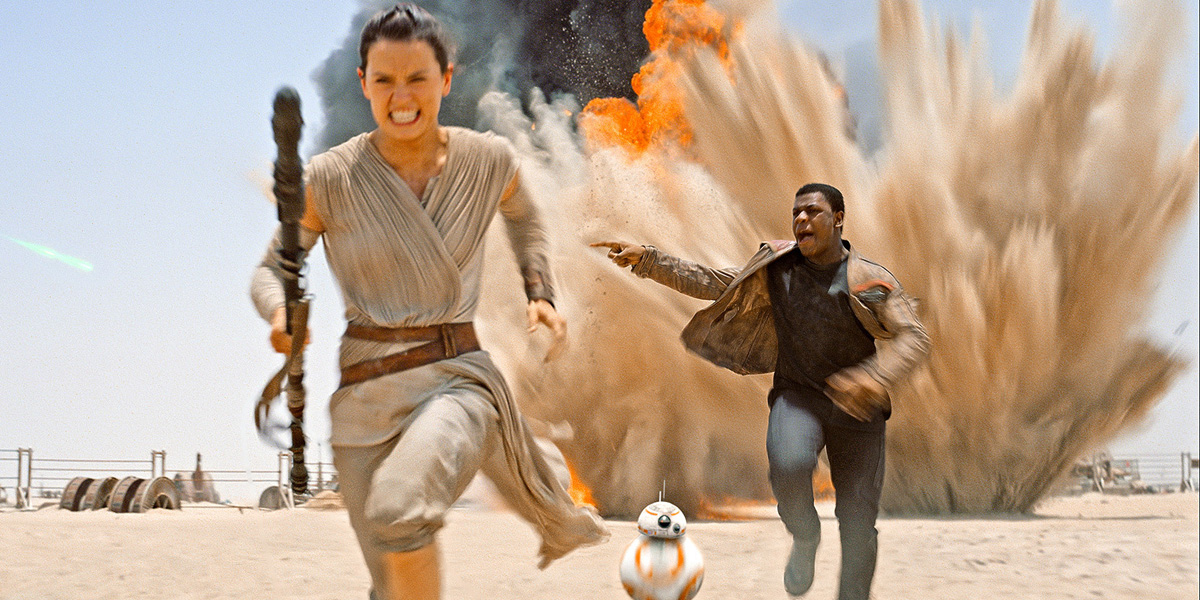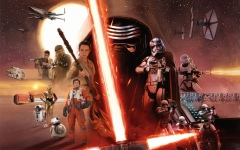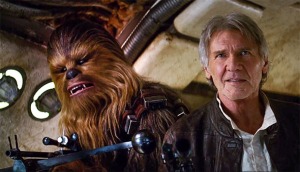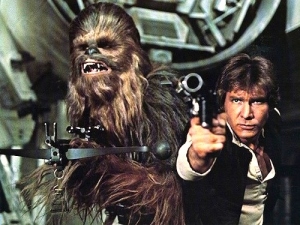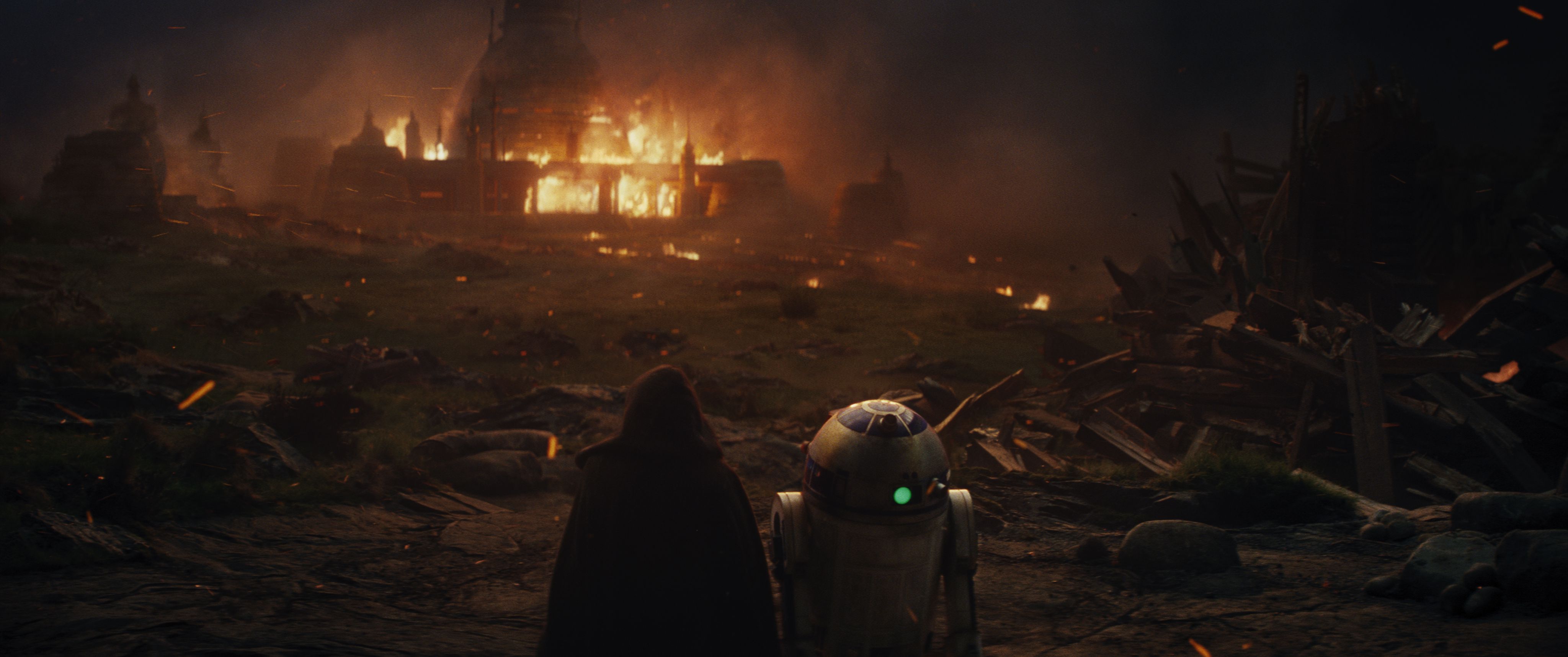
For a month now, Star Wars: The Last Jedi has dominated the box-office and divided the saga’s fans.
There definitely is much to say about the film but here, I’d like to focus on what I see as its most glaring flaw: a constant recourse to cheap convenient plot points to further its story, hence the following list.
Is this nitpicking? In a sense. None of the following is a significant problem on its own. But their accumulation is. One could even argue that this one film has more plot holes than the rest of the saga put together. Here goes:
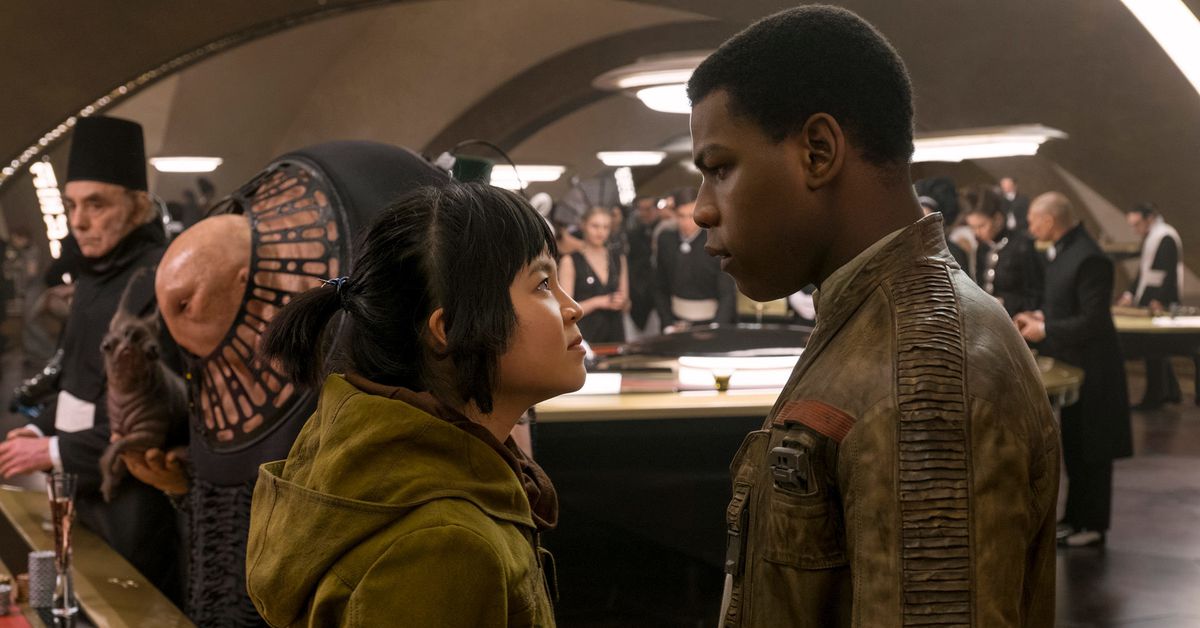
– When Poe disobeys Leia’s orders to break off the attack, the Rebel fleet waits for the fighters to return, risking being destroyed by the dreadnought. The fighters however are capable of jumping to hyperspace on their own so there’s no reason for the fleet to wait for them.
– The dreadnought fires on the base and only then on the escaping Rebel fleet. A better tactic however would be to fire at the ship first and, once it’s destroyed then fire on the base. The base isn’t going anywhere.
– Initially displeased by Hux’s handling of the attack, Snoke is relieved when he learns that they can actually track the Rebels through hyperspace. This is however quite a breakthrough and furthermore, it’s installed on every ship in the fleet, including Snoke’s personal flagship. That he’s only been informed of this ability just now is bizarre. Also worth mentioning is that this is not something that was available to the First Order in the previous film, though that film and this one are contiguous.
– Finn tries to flee the Rebel fleet using an escape pod. Escape pods however have limited range. The most likely result in using one is that it’ll be picked up by the pursuing First Order fleet.
– The First Order keeps chasing the Rebel fleet hoping they’ll run out of fuel. There’s however no reason why part of the First Order fleet can’t go to lightspeed to get ahead of the Rebels and block their flight.
– Finn and Rose realize as they talk how the First Order’s hyperspace tracking works. Not only is there no real way they can be certain that all their speculations are true but it’s been established that Finn is a low level trooper often relegated to janitorial duties. While it’s fine for Rose to make all those deductions as she’s a trained engineer and mechanic, it’s out of character for Finn.
– They then explain the plan to Poe, saying they’re being tracked by the lead ship. Poe suggests blowing up that ship but Finn and Rose counter this idea by saying the First Order would then track them from another ship. That means that while every ship can track them, conveniently only one can do it at a time for no clear reason. Nor is there a rational way that Finn and Rose can know that.
Also, how do they know which ship is currently doing the tracking? They assume it’s being done from the larger ship, Snoke’s flagship. However, that ship wasn’t present during the initial escape over D’Qar; which means another ship tracked the Rebel fleet when it jumped to lightspeed. There’s really no way Finn and Rose can know the tracking has been taken over by the other ship, nor is there any reason why it did.
– Since they can’t blow up the tracking ship, they decide to board it and to do so, they must get past its shields. At no point do they consider that they could be seen boarding the enemy ship, despite the fact that throughout this film, and the whole saga, characters are constantly looking out windows into space and see other ships flying around.
Also worth noting is that, while getting past that ship’s shields is a major plot point now, earlier during the attack on D’Qar, the dreadnought they take down didn’t seem to have shields since Poe could knock out all its guns and the bombers make their run unimpeded.
– Anyway, the way to get past the shields is to hack them so they contact Maz Kanata to ask her to do it. It’s interesting to note that the scene implies that it’s Poe’s idea to ask Maz, despite the fact the Poe doesn’t know Maz. She was Han’s contact and, in the previous film, only met Finn and Rey but not Poe.
– Maz however can’t help them because she’s embroiled in a gunfight she describes as a union dispute. The last time we saw Maz, she was standing in the rubble of her cantina that had just been destroyed by the First Order. Considering this film and the previous one are contiguous, it’s just strange that Maz could have become involved in that, presumably on a different planet, only a day or two later.
– Also, that they have no difficulty contacting Maz means the First Order doesn’t jam their communications, even though that’s something that’s been done in other films. Maybe. But then, one of the Rebel’s repeated goal is to find a base with a transmitter allowing them to send an SOS to their allies. Apparently, they can’t do that from the fleet but since they can contact Maz, we can only assume they could contact some of their allies which, in turn, could relay that call for help.
– Maz, being busy with whatever, points them in the direction of a master codebreaker, wearing a red flower brooch on his lapel that they’ll find at the gaming table of a casino. First, that seems a lot more complicated than just telling them his name.
And second, there’s really no way she can know what he’ll be wearing or where he’ll be. What if he’s sleeping when they get there? Or out for lunch? They’ve got very little time to find him and there’s no way Maz can be certain he’ll be in the casino right when they get there.
– Regardless of how flimsy that lead is, they get on the journey and take a ship to Canto Bight. Which means that apparently, you can leave the fleet at any time without the First Order at their heels caring or even noticing. Why they can’t also evacuate the fleet’s personnel this way is a mystery.
– The auxiliary Rebel ships run out of fuel one after the other, transferring their crew to the main cruiser but the ship’s captain stays on the ship and dies when the First Order destroys it. What is achieved by the captain not leaving with his crew is unclear.
– On Canto Bight, Finn and Rose get thrown in jail and the one person they find themselves with coincidentally can do the one thing they’re after. Despite Maz having said that this was a rarefied skill only she and her famed codebreaker contact could. And apparently the first guy the heroes run into. A pity no one on the Rebel fleet could. Or that the Rebels had never before managed to recruit someone which such a useful and, apparently, widespread skill.
– Now, Finn and Rose are initially wary of DJ but, to their surprise, he soon demonstrates some skills by easily breaking them out of the cell. So what do they do then? Run away from him, in the complete opposite direction. Despite that fact that maybe he could actually be the solution to their problem and also, he probably knows how to escape the prison better than they do.
– DJ then runs into BB-8, come to rescue Rose and Finn. Later events indicate that BB-8 then follows DJ to steal a ship. There really is no reason for BB-8 to trust DJ or care about him (since BB-8 didn’t see DJ hack the cell’s lock), yet BB-8 immediately hooks up with him and stops looking for Rose and Finn.
– Aboard the ship bringing them back to the fleet, DJ asks Rose for her pendant as an advance upon his payment. Now, it’s weird that the pendant would be so valuable. It seems however that DJ asks for it as a test of Rose’s commitment, but he has no way of knowing how valuable the pendant is to Rose.
Later, we find out that he actually needs the pendant to short-circuit the controls of the door to the tracking system’s room. But it’s a far-fetched coincidence that Rose’s valued pendant is the exact size, shape and alloy that DJ needs for that, just as it is far-fetched that he knew ahead of time this is the exact tool he’d need.
– As said before, Finn, Poe and DJ board Snoke’s flagship without being seen by anyone on that ship or the dozen of other ships escorting it.
– After he takes over command, Poe rushes to the cruiser’s bridge. The first thing he does when he sits in the command chair is switch off the lights in the ship’s hangar, hence giving Holdo an opportunity to overpower her guards. There’s no clear reasoon why the lights in the hangar have to be turned off however.
– Holdo then sets her plan into motion to evacuate the fleet with shuttles. While the shuttles have cloaking devices that make them hard to detect, they certainly are not invisible. Holdo can be seen watching them depart from the bridge and later, Snoke shows them to Rey from his ship. Yet nobody on the pursuing ships seem to see them, nor is Holdo’s plan taking into account that someone could and ruin everything.
Holdo chooses to remain on board the cruiser, telling Leia that for the shuttles to escape, someone has to fly the cruiser. Yet later, Holdo simply stands on the bridge of the cruiser watching the shuttles leave and doing nothing.
– As Finn and Rose are about to be executed, they are surrounded by Captain Phasma and hundreds of troopers. Yet after the Rebel cruiser catastrophically collides with the flagship, Finn and Rose are fine. All those troopers however are dead or gone. Except Phasma who shows up a second later, unharmed and coming from a totally different side of the hangar with a fresh new squad.
– When Phasma kicks Finn down a pit, he miraculously survives thanks to a levitating platform that just happened to be there. A moment later Phasma dies because the very portion of floor she stands on collapses.
– When Poe awakes, Leia tells him that Holdo’s plan relied on the fact that she knew the First Order was only tracking the cruiser. Let’s ignore that there’s no rational way Holdo could know that, or that since we’ve been told all the ships in the First Order fleet could do the tracking, it doesn’t make sense that they wouldn’t track every ship. But if that’s true, then why did all the auxiliary ships stay and get destroyed instead of jumping to hyperspace?
– As Luke confronts Kylo Ren on Crait, Poe realizes that if Luke could get into the base, then they can also get out that way. However it’s later revealed that Luke isn’t on Crait but only projecting an image of himself through the Force. The fact that there is a way out that the Rebels use to flee is a complete coincidence.
– At the film’s end, the surviving Rebels flee Crait aboard the Millenium Falcon. The film’s major obstacle for them though was that the First Order could track them through lightspeed. At the end though, despite the fact that they’ve never solved that problem, they manage to escape nonetheless.
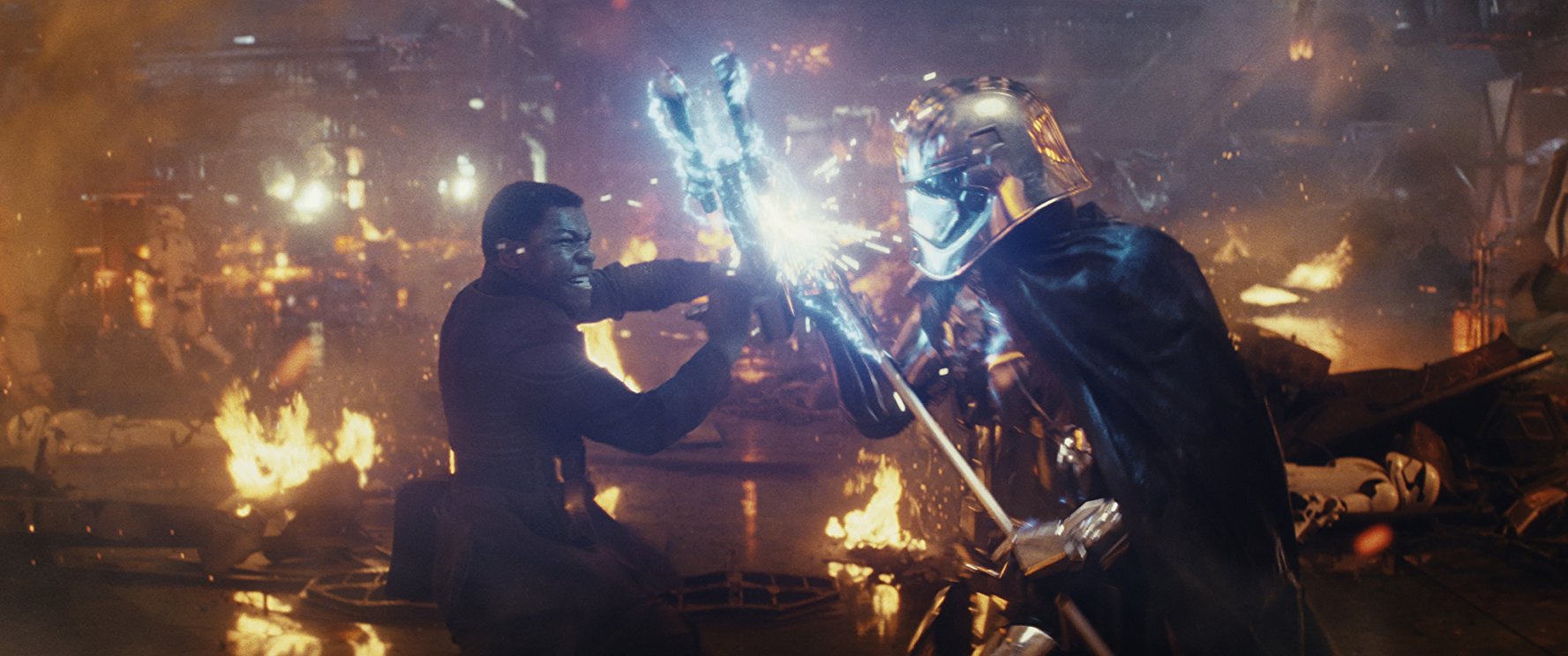
That last item is particularly revealing as it highlights the film’s most damning flaw. Epic action stories like those of the Star Wars franchise work on a simple basic principle: give the protagonists a goal, set obstacles before them and watch the heroes try to overcome those obstacles by being resolute, clever and brave.
But if the obstacles come and go willy-nilly, if the heroes solve their predicaments by resorting to contrived methods, two things happen. First, you rob the audience of the ability to anticipate what will come next. And that precludes any possibility of suspense, an essential trait of a successful action film.
And second, whenever the heroes achieve anything, it doesn’t feel earned. The audience rightfully feels cheated and that is possibly the most prevailing feeling among those who didn’t like The Last Jedi.






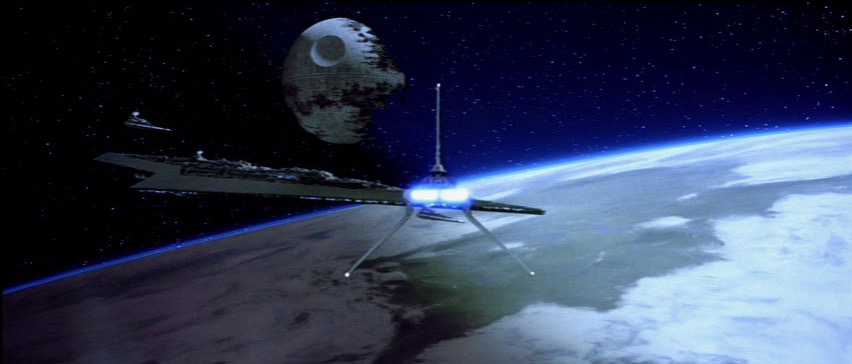
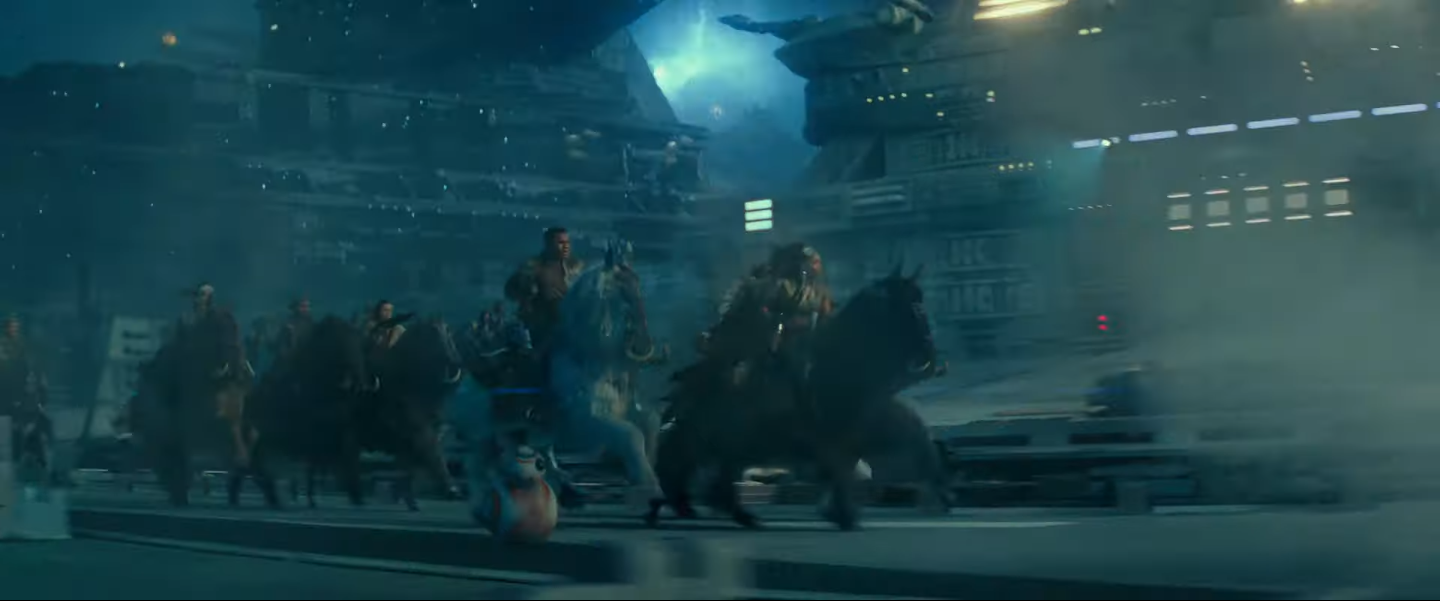
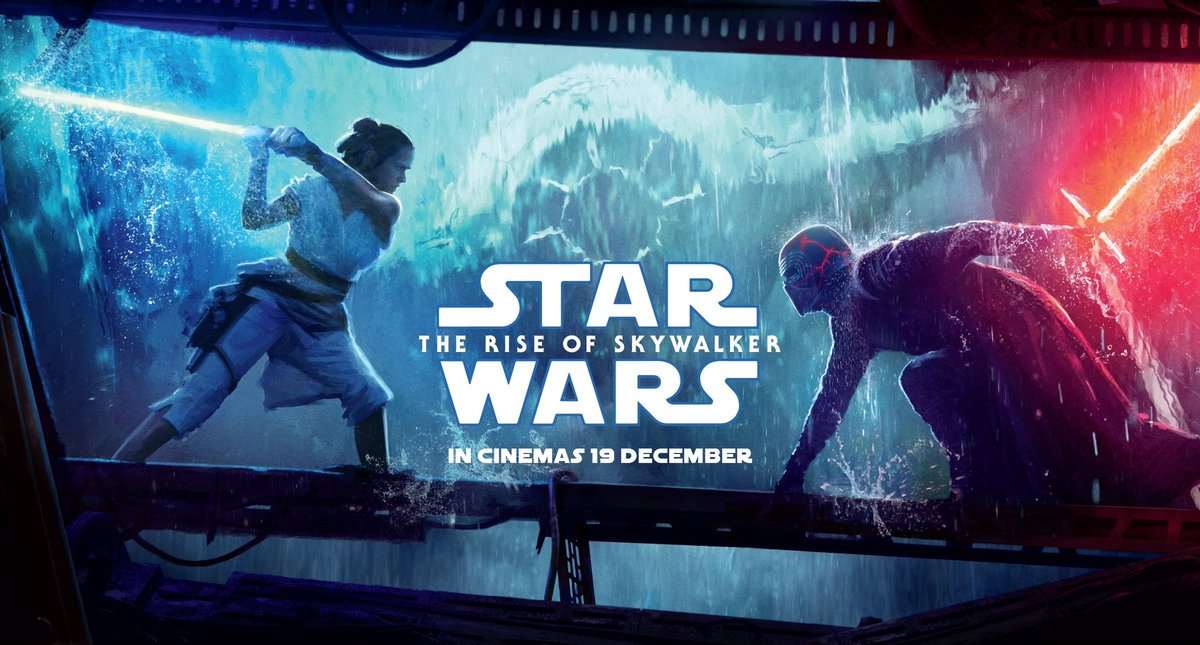 Well, here we are. “The Rise of Skywalker” is finally out and has confirmed the fears we’ve harbored for four years. Ever since “The Force Awakens” kicked off Disney’s sequel Star Wars trilogy, we’ve pretty much always known these three new films would fail to deliver a satisfying, or even functional, ending to the saga.
Well, here we are. “The Rise of Skywalker” is finally out and has confirmed the fears we’ve harbored for four years. Ever since “The Force Awakens” kicked off Disney’s sequel Star Wars trilogy, we’ve pretty much always known these three new films would fail to deliver a satisfying, or even functional, ending to the saga.